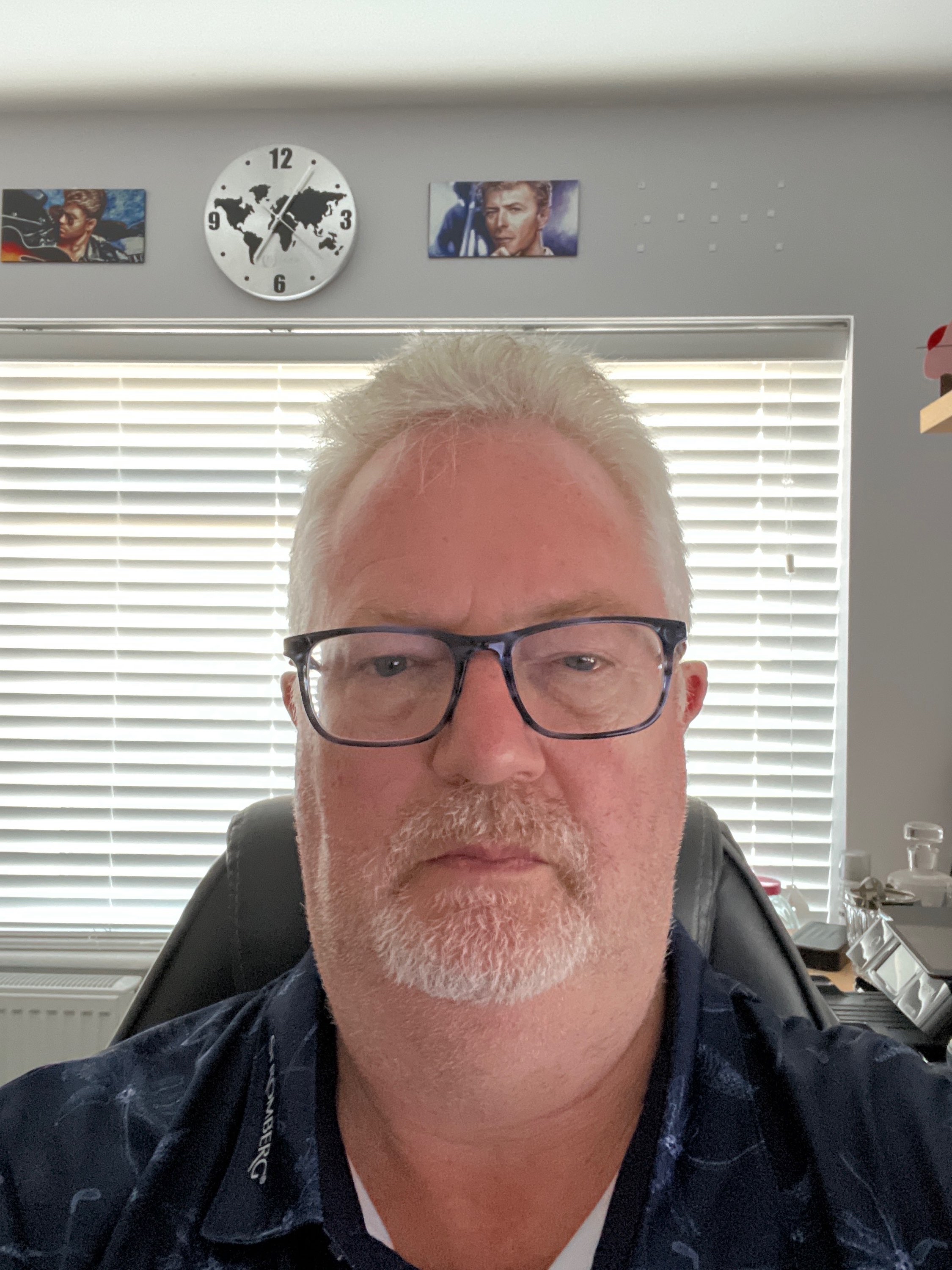Lockheed Martin awarded $288 million contract to transform how the US Army trains vehicle crews
- Satellite Evolution

- Jul 12, 2017
- 1 min read

The US Army awarded Lockheed Martin a $288 million contract to modernize its live training program. As the prime contractor, Lockheed Martin will partner with Saab (Stockholm: SAABB) to provide a simplified training solution that combines multiple vehicle crew training systems into a single product line.
Managed by the US Army Program Executive Office for Simulation, Training and Instrumentation (PEO STRI), the system includes training kits of laser detectors and transmitters to equip military trucks, training weapons, and armored vehicles. The new Instrumentable Multiple Integrated Laser Engagement System (I-MILES) Vehicle Tactical Engagement Simulation System (VTESS) program will allow seamless integration with the Army's existing Multiple Integrated Laser Engagement Systems.
"Through I-MILES VTESS, we are changing the way vehicle crews take part in training exercises with an open architecture system that is robust and simple to use," said Sandy Samuel, Lockheed Martin Vice President, Training and Simulation Solutions. "Together, these systems enable soldiers to conduct live, highly realistic force-on-force training with their existing platforms and weapons systems."
Leveraging Lockheed Martin's SciosLive™ baseline, I-MILES VTESS components were designed to make the system easier for individual soldiers to manage and operate in the field. Compared to the current MILES Tactical Vehicle System, the Lockheed Martin system is smaller, lighter and features simplified components.
"This contract is a result of an excellent combination of skillsets and capabilities from both Saab and Lockheed Martin," said Åsa Thegström, head of Training & Simulation within Saab's Dynamics business area. "Together with Lockheed Martin, we will deliver a training system that provides the Army with the best training capability for future needs."



Comments